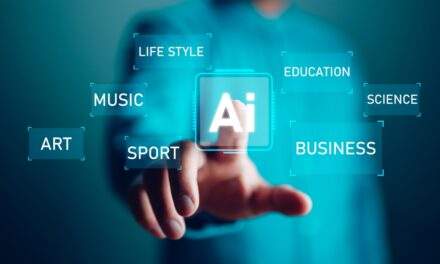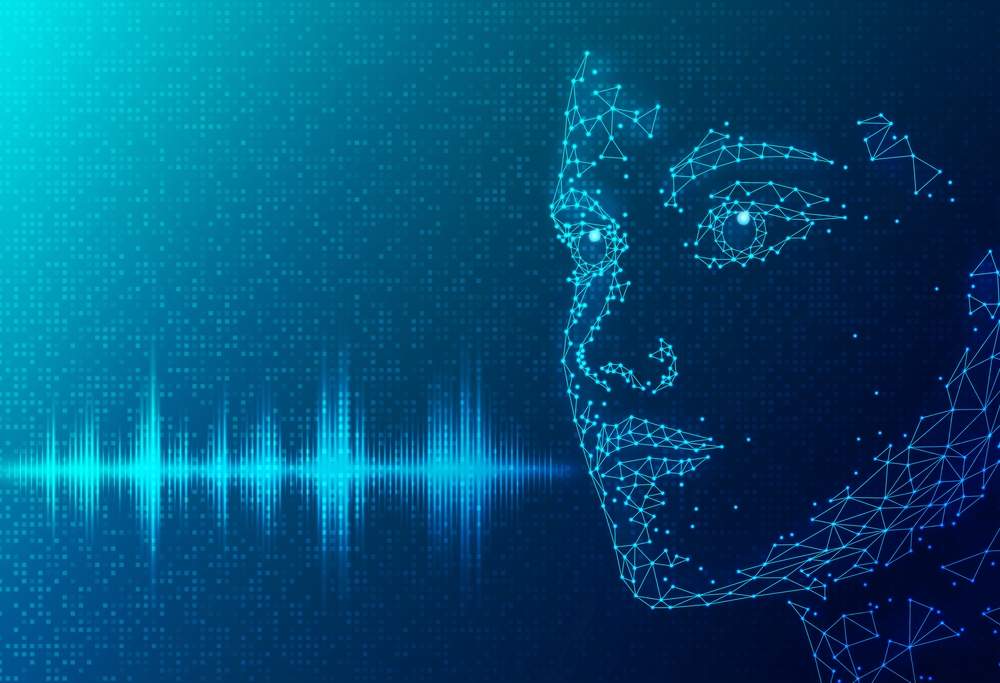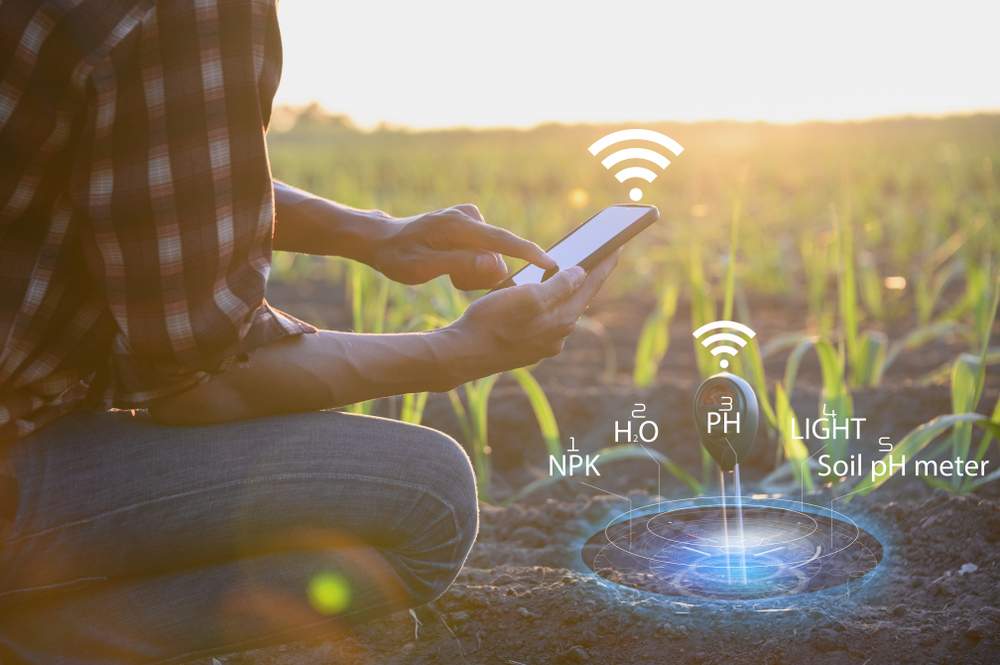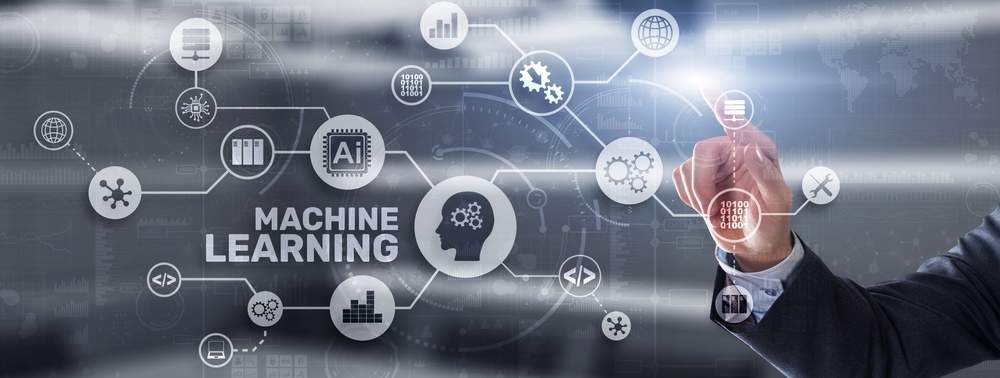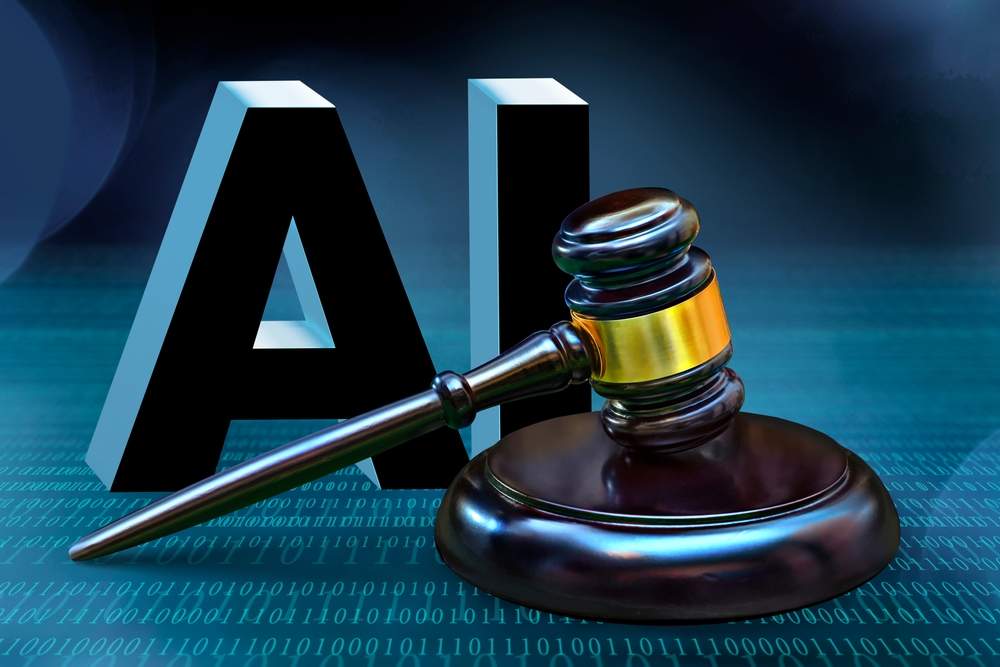This is the start of the AI boom.
The technology has been in development for years. But after COVID, 52% of companies powered into artificial intelligence — with automated cars, automated factories … automated everything, really.
By now, you’ve probably heard about this tech: what it is, how it works and why you should be afraid of it.
But AI is doing incredible things to work with us, not against us.
Here are the top 10 feats AI can and will accomplish.
Top 10 Things AI Can Do
Backed by microchip software and a lot of algorithmic programming, the power of AI can:
-
Create Images
Remember these?
I made them with Lensa, an image editing app that can create AI-generated images out of your selfies.
Of course, it can do the basics, like touchups, filters and background changes. But this app didn’t get so popular because of its basic editing tools. Lensa takes existing images and creates “Magic Avatars,” or digital portraits with the help of AI.
For best results (for the avatar to look like you), the app recommends submitting 10 to 20 selfies from various angles and backgrounds. This is so the AI program can “learn” your face, and how to replicate it.
-
Take Your Order
Wendy’s is partnering with Google Cloud to create an AI chatbot that can take your order at the drive thru window! And Carl’s Jr. and Hardee’s is following suit.
The logic here is that AI can make the drive-thru process faster, more efficient and a more accurate way to communicate between the customer and the restaurant staff.
-
Make Music
That’s right. AI can make music too.
In fact, AI music generator apps like Soundful and Jukebox can create chord progressions, background music, vocals and even full songs. All in a variety of genres and styles, mimicking actual musicians.
Back in April, an AI-generated song supposedly by Drake and The Weeknd went viral on social media (mostly because people thought it was real).
According to the BBC:
“Since it was posted on Friday, the song has been viewed more than 8.5 million times on TikTok. The full version has also been played 254,000 times on Spotify.”
But private users aren’t the only ones dabbling with AI and music. Dr. Tom Collins at the University of Miami’s Frost School of Music is taking advantage of this tech in the classroom.
He has a Ph.D. in computer science, and he is an Associate Professor of Music Engineering at UM. He’s set to teach a class called “Music AI.”
He describes the course this way:
There are many different generative AI models, even within music. […] Students will work with those and reflect on what it does to their creative process. Maybe they find it interesting; maybe they don’t.
Maybe they find it scary or empowering to move from reading about these things to using them and seeing what they do for them.
-
Mimic Your Voice
It’s not just music and images.
AI can learn your writing style. So it can create social media posts, transcribe audio recordings, translate between languages and even write essays and articles.
(This one was written solely by me, I promise.)
The obvious downside here is that students are learning how to cheat in school, using AI to do their homework and write their academic essays.
However, the good news is AI-written narratives are usually easy to spot. If you’ve seen the hilarious gibberish of some generated articles, you wouldn’t worry about AI taking over academia, or in fact, any other writing profession.
But it can be used as a tool to help check for plagiarism, identify writing errors and give suggestions for improvement on written copy.
-
Grow Food
Agriculture AI is a thing. The truth is, farming has become incredibly high-tech.
Some farming companies are using sophisticated AI software and satellite imagery to monitor and assess crops, optimize resources and ultimately grow our food better.
John Deere is at the forefront of this innovation.
It’s using a combination of AI and space tech to “pinpoint variations in soil moisture, nutrient levels, and plant health, enabling farmers to make informed decisions regarding irrigation, fertilization, and crop protection.”
Also, Texas A&M and Iowa State University have developed a new sensor that can help detect pathogens in potatoes and tomatoes — and 10 times better than currently available methods.
-
Make Businesses More Efficient
An incredibly interesting facet of AI tech is automated machine learning (AML).
(Watch Amber’s video about AML, where she reveals her top pick exchange-traded fund, so you can invest in this space.)
AML blends AI and computer science to create data algorithms that imitate the way humans learn. Think of it like an AI brain — the more data you feed into it, the better it adapts and “learns.” And the more effective its algorithms become.
AML synthesizes data, and basically helps you do more with less — which all good tech innovations should do.
This is helping businesses streamline by automating certain processes, like IT security monitoring, auditing, reporting, research and much more. As a result, companies can cut operating costs and increase their productivity. (Not to mention, give them the edge over their competitors.)
-
Drive
Oh yeah, AI can drive.
It’s being used to develop autonomous (self-driving) cars. That’s been in the works for several years.
But this is new…
On Monday’s podcast, Amber revealed three major AI breakthroughs that can change our lives for the better.
One of those breakthroughs is how Mullen Automotive (an EV maker in California) is integrating artificial intelligence into its PERSONA software across its lineup of electric vehicles.
It has advanced facial recognition technology to unlock the car, for example. That, along with several new AI-powered safety features, tries to bridge the gap between driver and vehicle by personalizing the overall vehicle experience.
-
Deepfake
Just like that Drake song, AI “deepfaking” has been a problem in other arenas: like fake images, fake audio, fake college essays and fiction writing (a “real” conundrum there) and even fake videos.
Congress has not only taken note of the potential problems with AI, but also intends to do something about it — via regulation of this technology. It’s so new that the law is having a hard time catching up.
The real issue here is figuring out what’s real, and what’s AI-generated. But in a way, AI software can help us do that too.
-
Program Code
This may be obvious, but AI can code.
It can detect coding errors and malware, help you build an app, research and handle large quantities of data, verify your identity and prevent fraudulent transactions.
AutoGPT can be used to automate coding, for example. It uses GPT-4, the latest and most advanced iteration of GPT.
-
Help Doctors Diagnose
(From ExtremeTech.)
Perhaps the most impressive of all: AI can help doctors diagnose and treat their patients more efficiently.
The National Health Services (NHS) in the U.K. is set to use AI to help radiologists analyze X-rays and speed up cancer diagnoses.
In fact, “More than 20 NHS sites have already started deploying this technology, with results suggesting it could be more than 40 times more accurate than traditional methods in less than 30 seconds.”
Health officials also said that the deployment of AI tools for lung disease could speed up diagnoses and improve patient outcomes.
Basically, AI is helping doctors interpret scans more quickly, which leads to an earlier diagnosis for patients. Time is often the most crucial factor in diagnosing and treating cancer, so this technology is actually saving lives.
Why It’s Time to Invest in AI
I understand the hesitations you might have with artificial intelligence. From deepfakes to plagiarism, there are potential pitfalls in trying to “figure out what’s real.”
It’s the same concern people had about the internet back in 1998. But some of the top internet companies have gone on to produce gains of 652% (META), 5,529% (GOOGL) and 172,046% (AMZN) over 25 years…
So whether it’s protecting our bank accounts, helping us grow our food better or detecting cancer, AI also presents incredible opportunities to make our lives better, and indeed safer.
And the investment potential for you is MASSIVE.
Overall, we’re looking at AI adding as much as $150 trillion to the global economy in the years to come.
That could mean gains of 5X … 10X … even 20X over the next three years.
And if you want to unlock my #1 AI stock, go here to watch my (free) webinar now.
Until then, try your hand at creating some AI self-portraits!
See you Tuesday,
 Ian KingEditor, Strategic Fortunes
Ian KingEditor, Strategic Fortunes


